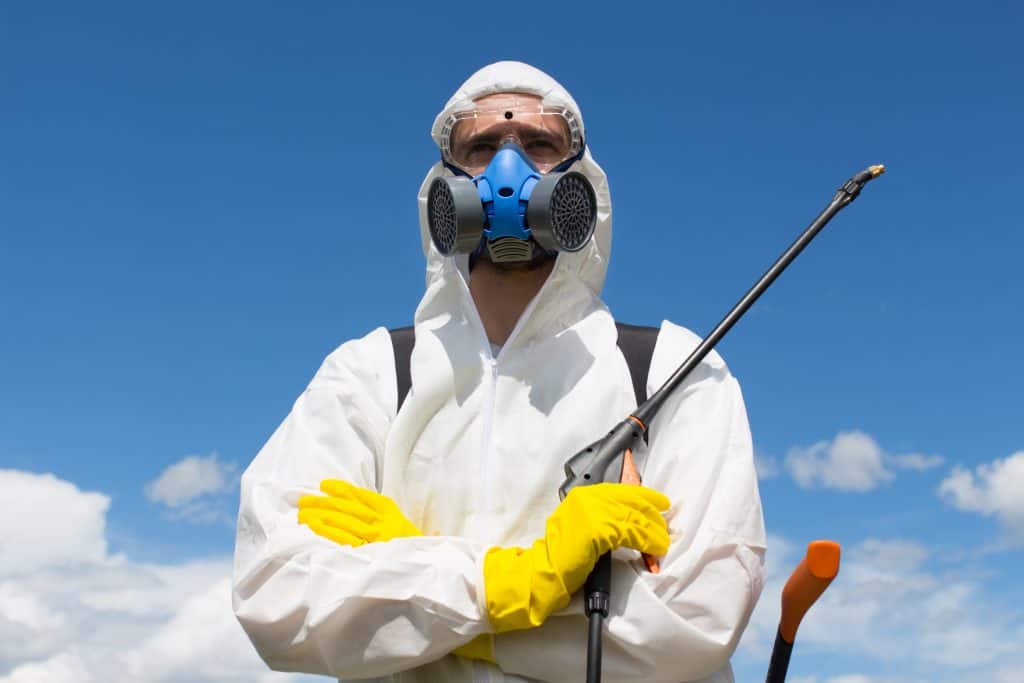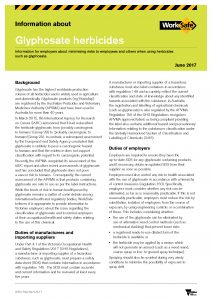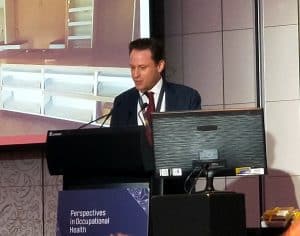
Unrelated to the article earlier today about working in extreme heat, last week Australia’s Cancer Council released an occupational health and safety (OHS) guide for working outdoors and to prevent and avoid skin cancer. It is a timely release for those of us in the Southern Hemisphere as it allows us several months to review our sun protection policies and practices.
In the prevention chapter the guide follows the established Hierarchy of Controls but perhaps too closely on one issue. There is an assumption that outdoor work occurs primarily in daylight hours, the time of highest risk of ultraviolet (UV) risk. Under administrative controls the guide advise to Reschedule outdoor work programs” perhaps planning
“work routines so outdoor tasks are carried out earlier in the morning or later in the afternoon, when UV levels are lower”
page 17





 Rumours of a TV report on the increasing hazards of silicosis have floated around for a week or so. On October 10 2018, the show appeared on the Australian Broadcasting Corporation’s
Rumours of a TV report on the increasing hazards of silicosis have floated around for a week or so. On October 10 2018, the show appeared on the Australian Broadcasting Corporation’s